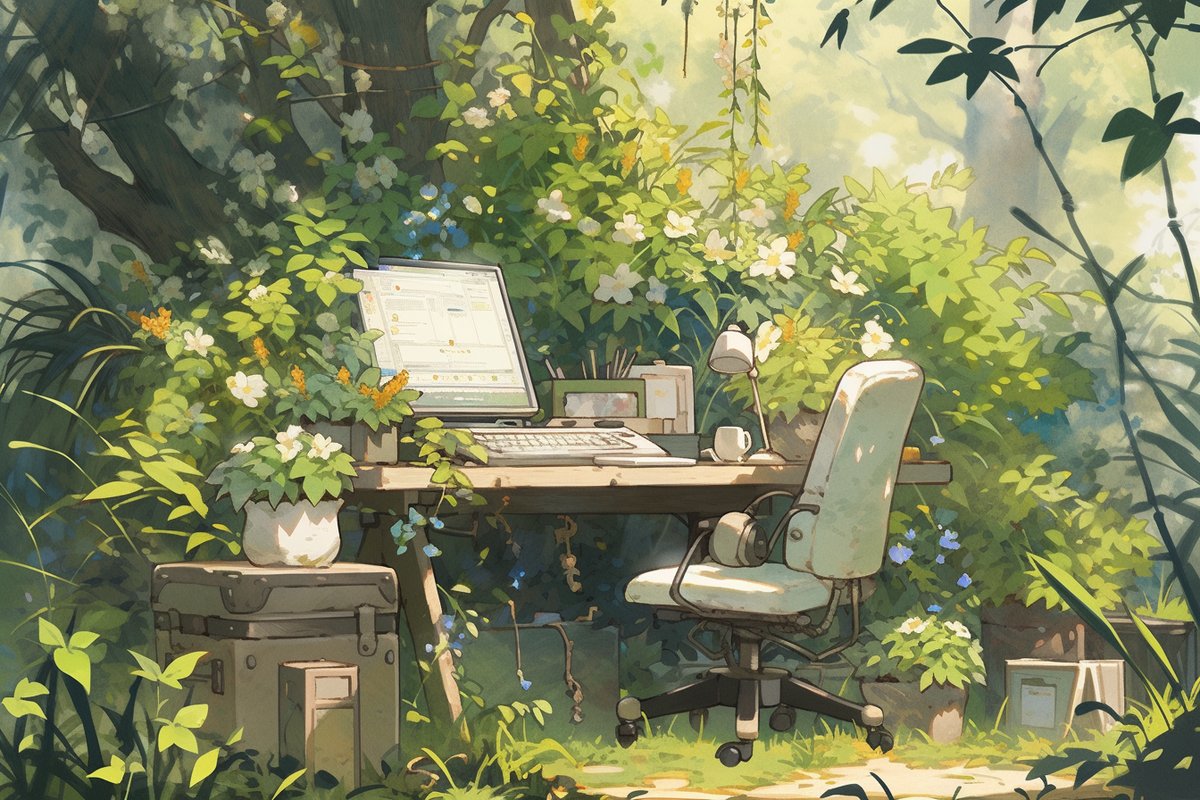
Digital Garden
A digital garden is a concept that reimagines how we interact with the information and knowledge we collect online. Unlike a blog, where content is usually presented in a polished, finalized form, a digital garden is more like a living document. It's a space for thinking in public, where ideas can grow and evolve over time.
Why I Use a Digital Garden as a Creator
My digital garden serves as an intellectual playground. It's a dynamic space where the early sprouts of startup ideas, emerging tech trends, and industry insights are nurtured and interconnected. Over time, these interconnected ideas evolve, offering invaluable new perspectives crucial for both decision-making and innovation.
For me, the digital garden is more than a tool, it's an evolving ecosystem. The garden serves as the backstage, offering a transparent view into my thought processes and the evolution of my ideas.
Key Components
- Evergreen Notes: These are notes or pieces of content that are continually updated and refined, unlike blog posts which are often static once published.
- Links: Internal linking between different notes is common, creating a web of interconnected ideas.
- Public/Private Spaces: Some areas of a digital garden may be public, allowing others to see your thought process, while other areas may be kept private.
- Multimedia: A digital garden can contain various forms of media like text, images, and videos.
Types
- Personal Knowledge Management: Individuals use digital gardens to organize their thoughts, research, and insights.
- Educational: Used in academic settings to help students and educators keep track of research and develop ideas.
- Corporate: Businesses use them as internal wikis or knowledge bases.
Technology
Digital gardens can be built using a variety of platforms and tools. Some popular ones include Roam Research, Obsidian, and TiddlyWiki. There are also custom-built digital gardens that are coded from scratch, offering more flexibility and personalization.
Differences from a Blog:
- Process vs. Product: A blog often showcases a finished product, whereas a digital garden highlights the process of thought and development.
- Interconnectedness: Blogs are usually a series of individual posts, while digital gardens emphasize the connections between different pieces of content.
- Updating: Blog posts are usually static and infrequently updated. In contrast, a digital garden is continually updated and refined.
In summary, a digital garden is not just a collection of static notes but an evolving landscape of ideas and insights, particularly invaluable for me as an entrepreneur. It's less about presenting a finalized piece of content and more about the ongoing process of learning, thinking, and engaging authentically.